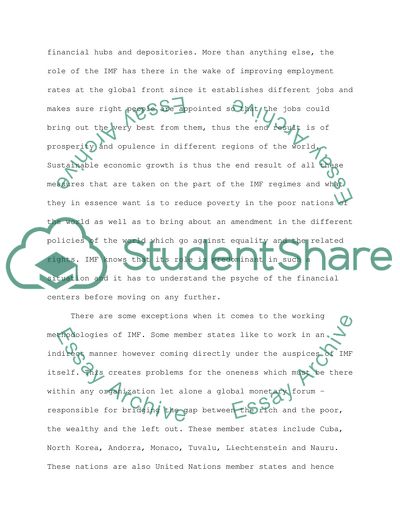Cite this document
(International Trade and Main Features of International Monetary Fund Coursework, n.d.)
International Trade and Main Features of International Monetary Fund Coursework. https://studentshare.org/finance-accounting/1709878-international-trade-and-development
International Trade and Main Features of International Monetary Fund Coursework. https://studentshare.org/finance-accounting/1709878-international-trade-and-development
(International Trade and Main Features of International Monetary Fund Coursework)
International Trade and Main Features of International Monetary Fund Coursework. https://studentshare.org/finance-accounting/1709878-international-trade-and-development.
International Trade and Main Features of International Monetary Fund Coursework. https://studentshare.org/finance-accounting/1709878-international-trade-and-development.
“International Trade and Main Features of International Monetary Fund Coursework”. https://studentshare.org/finance-accounting/1709878-international-trade-and-development.


